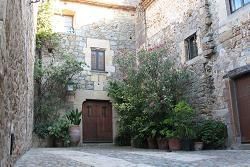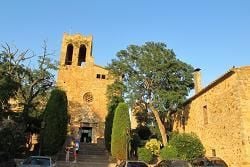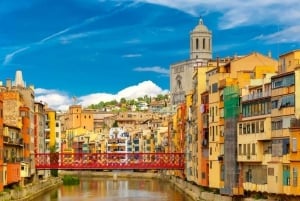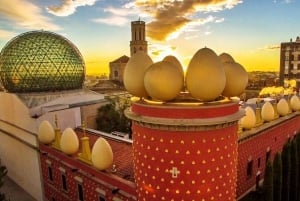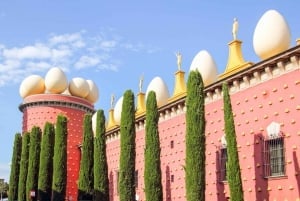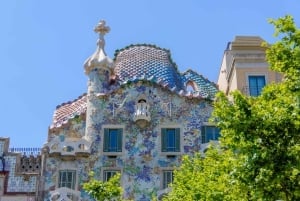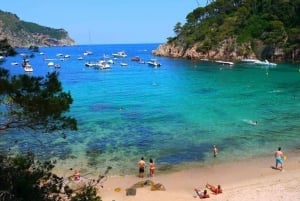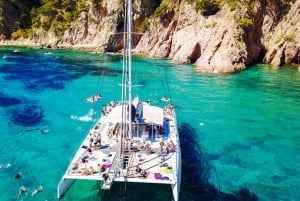Pals
The name Pals derives from the Latin "palus", most probably relating to the nearby marshes where some of the best rice is grown in Catalonia. Documentation exists on the harvesting of rice in this area dating back to the 14th century. The rice industry and the harvesting of dry farming crops are two of the most important activities in this town, not to mention tourism, an important source of revenue nowadays.
In ancient times the coast of Pals housed an important commercial port. Some historians even defend the hypothesis that Christopher Columbus set sail for America from the Port of Pals.
Until the end of the 17th century Pals was subjected to constant attack by pirates and some of the masies (Catalan farmhouses) in the area even had turrets for protection. The Romanesque tower of les Hores, in the historical heart of the town, is of particular interest. From this point magnificent views of the Medes Isles and the Canigó Mountain can be seen.
The steep and narrow streets of the Pedró district of Pals, with its arches and stone houses, have been preserved within the old medieval walls with four turrets.
Leaving Pals in direction Torroella de Montgrí, you can find the Pals Mill, still working today.
The medieval village of Palau-sator lies near to Pals and still conserves its walls and the tower, under which you can stroll along a narrow street. The Pre-Romanesque church of Sant Julià de Boada can be found on the outskirts of the village.
Top attractions in Pals:
- Plaça Major (main square)
- Tombs in the Carrer Major
- Church of Sant Pere, built using the remains of the old castle
- Ca la Pruna, Museum of submarine archeology
Special dates to consider when visiting Pals:
- Festa major; 4th to 7th August
- Festa major in Palau-sator; 19th September
Local market; every Tuesday
And more information in .... Pals


